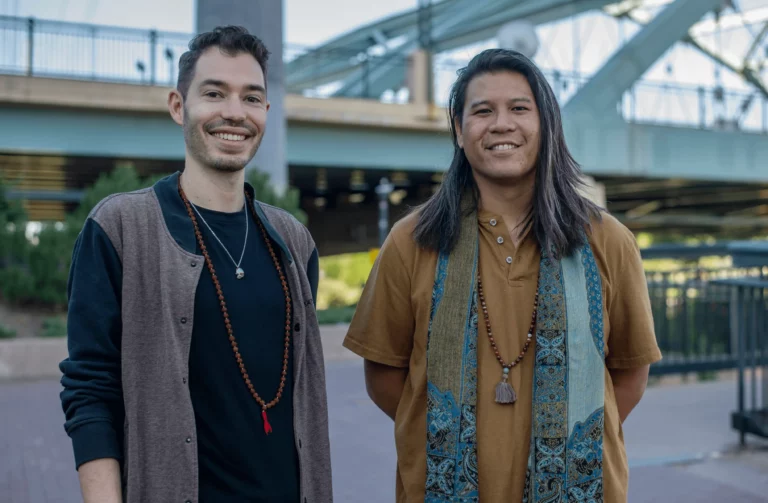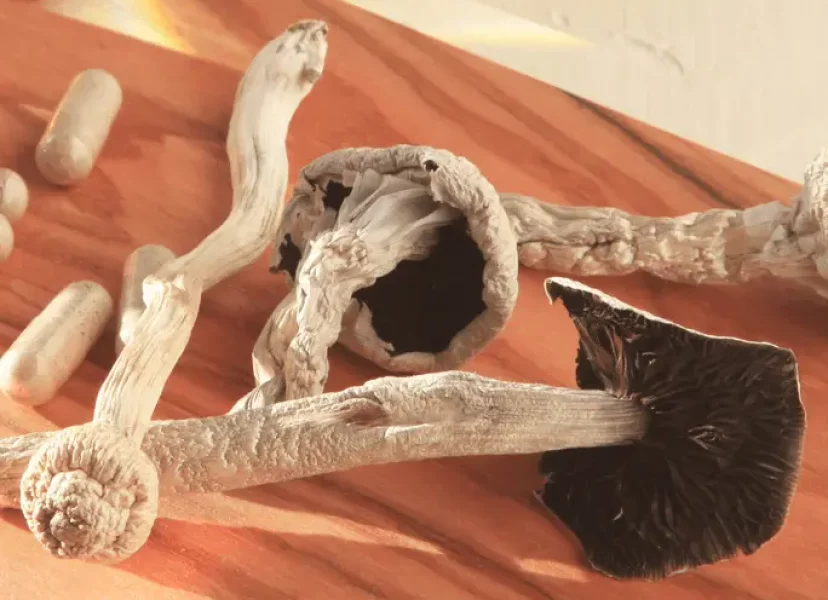Human use of psychedelics—and their connection to spiritual experiences—appears to predate recorded history. From prehistoric murals in present-day Algeria and Spain depicting use of hallucinogenic mushrooms to the Lakota Sioux tradition of haŋblečeya (or vision quest) to the Mayan “mushroom stones” of Guatemala, human use of psychedelics crosses continents, cultures, and centuries.
Despite their historical ubiquity, however, the realm of psychedelics remains shrouded in mystery—and even some suspicion. A cursory examination of anecdotal reports helps illuminate the reason for this mistrust. In the United States, political and social campaigns have spread a lot of misinformation, raising fears of permanent psychosis or a “bad trip,” causing many people to avoid psychedelics altogether.
Or worse, first-time users swear off hallucinogens forever after spending their trip terrified or filled with existential dread due to misguided negative context from the War on Drugs. It seems that psychedelic compounds have the power to lead us to enlightening highs and terrifying lows in equal measure, and much of that has to do with our existing knowledge and beliefs about psychedelics themselves (this is why we are such big proponents of psychedelic integration).
How do psychedelics open this potential in our minds, for better or for worse? How do our minds work under the influence of psychedelics? And, perhaps most importantly, how can we navigate psychedelic experiences consciously, in a way that gives us the most illuminating experience possible?
Here, we’ll explore the role of psychedelics in the exploration of the mind. We examine scientific research alongside historical and cultural context to shed some light on the strange, ethereal realm of psychedelics.

Psychedelic Mushroom Therapy For Coping With Grief & Loss
Grief and loss are universal experiences that touch every person at some point in their lives. Whether it’s the loss of a loved one, a


